Celebrating a century of Italian jewellery design: the Bulgari Tubogas watch
Made famous by the Bulgari Serpenti watch, the Tubogas is a design icon in its own right
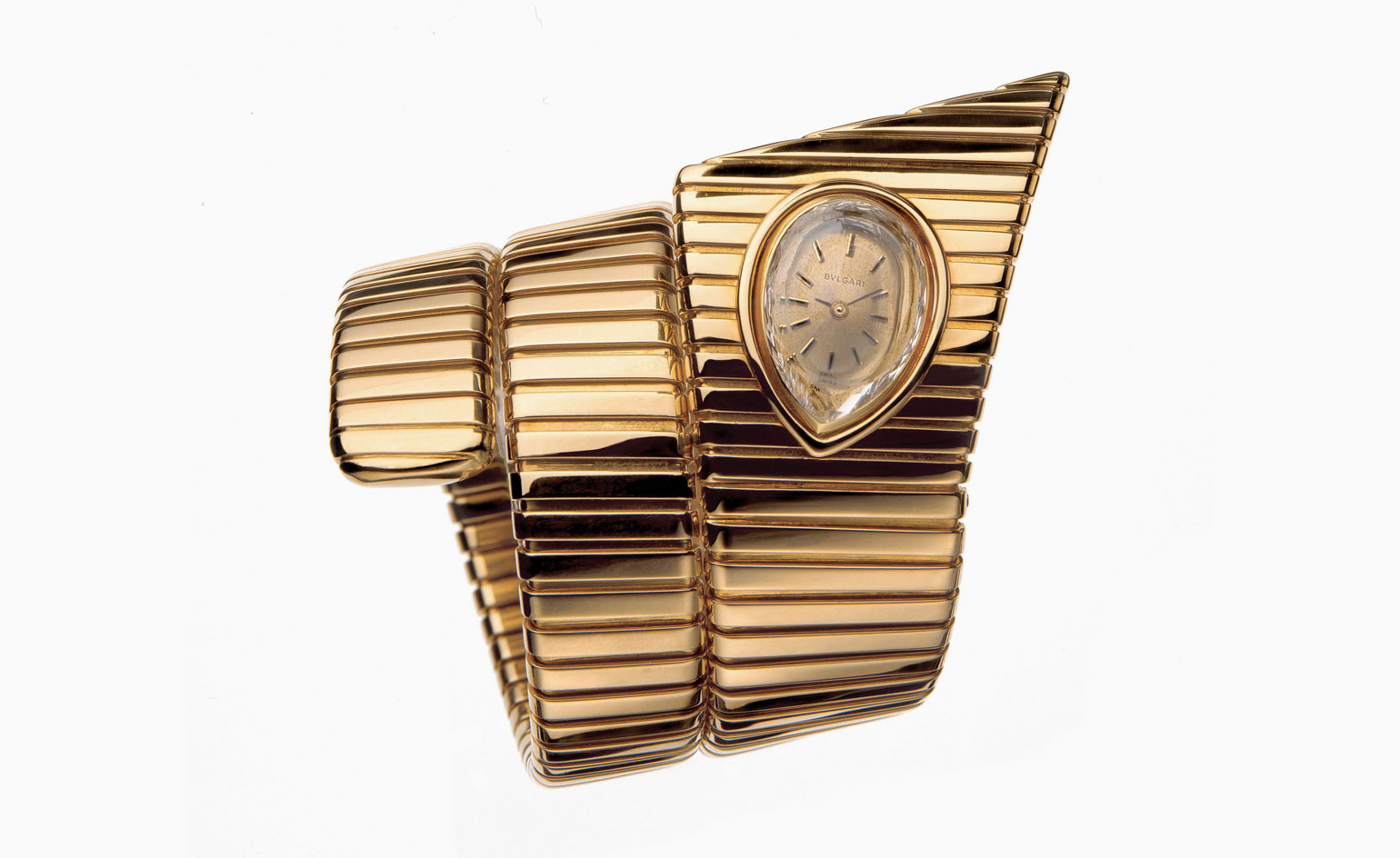
The idea of transforming every day, found objects into something a little more precious is common enough in watch and jewellery design. Take the Panerai dials that descend directly from machine gauges the company made for the Italian Navy, or Cartier’s Juste un Clou – a design directly descended from the common, household nail. But for sheer surprise value, Bulgari’s Tubogas takes the crown.
Quite literally derived from a flexible covering designed to protect gas pipes, Bulgari adopted the idea from a technique that had gained traction with jewellers in the 1940s, returning to it more wholeheartedly in the early 1970s. Today, Tubogas is an integral element of Bulgari’s design identity.
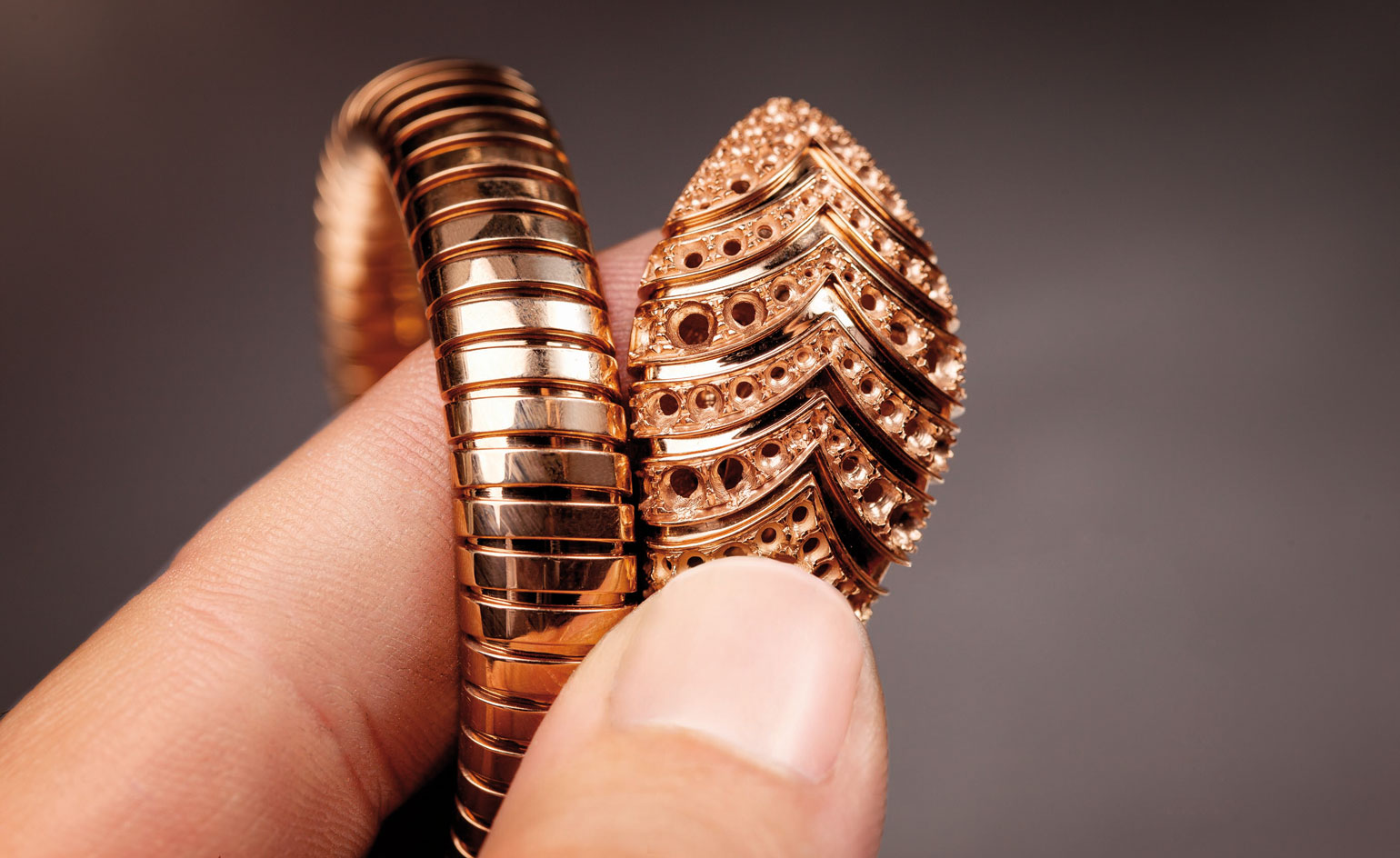
Making the Bulgari Serpenti bracelet in the Tubogas style today
The springy bands that define the Tubogas style are created by wrapping profiled strips of gold (and sometimes steel) around a wooden form so that the edges interlock in a continuous, unsoldered curve, with the result being that the design is both incredibly flexible and strong. It’s a technically demanding operation that requires a jeweller’s complete control over the temperature, particularly when more than one metal is involved.
The Tubogas concept quickly proved to be as flexible and adaptable as the name implied, with Bulgari’s jeweller-technicians creating suites of bracelets, chokers, cuffs and collars, frequently using different coloured metals and contrasting the modernity of the form with ancient coins and intaglios.
But as a wristwatch, in the open-coil style that determines the better-known Bulgari Serpenti, the Tubogas retains its early avant-garde nature, with designs featuring contrasting finishes that capture the spirit of the times in which they were made, and others that allow the watch head to take precedence.
The Bulgari Tubogas, then, is the perfect mix of distinctive design and artisanal skill, entirely in keeping with a design culture that seemed never to acknowledge a division between the beautiful and the practical.
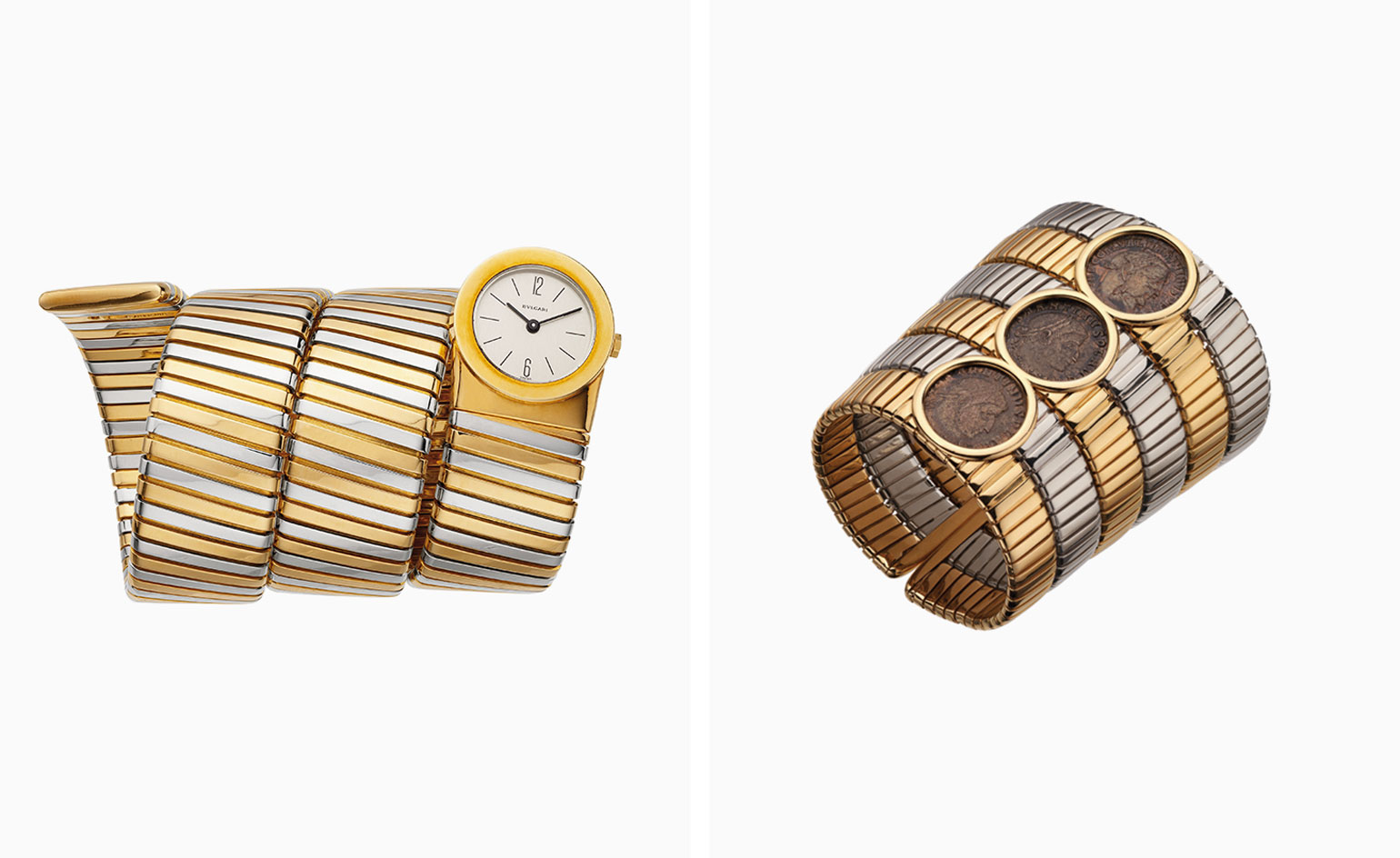
Left, 1985 Bulgari Serpenti Tubogas quartz bracelet watch in bi-colour gold, with round, gold dial and, right, 1975 Monete Tubogas cuff in bi-colour gold, with Roman Imperial bronze coins
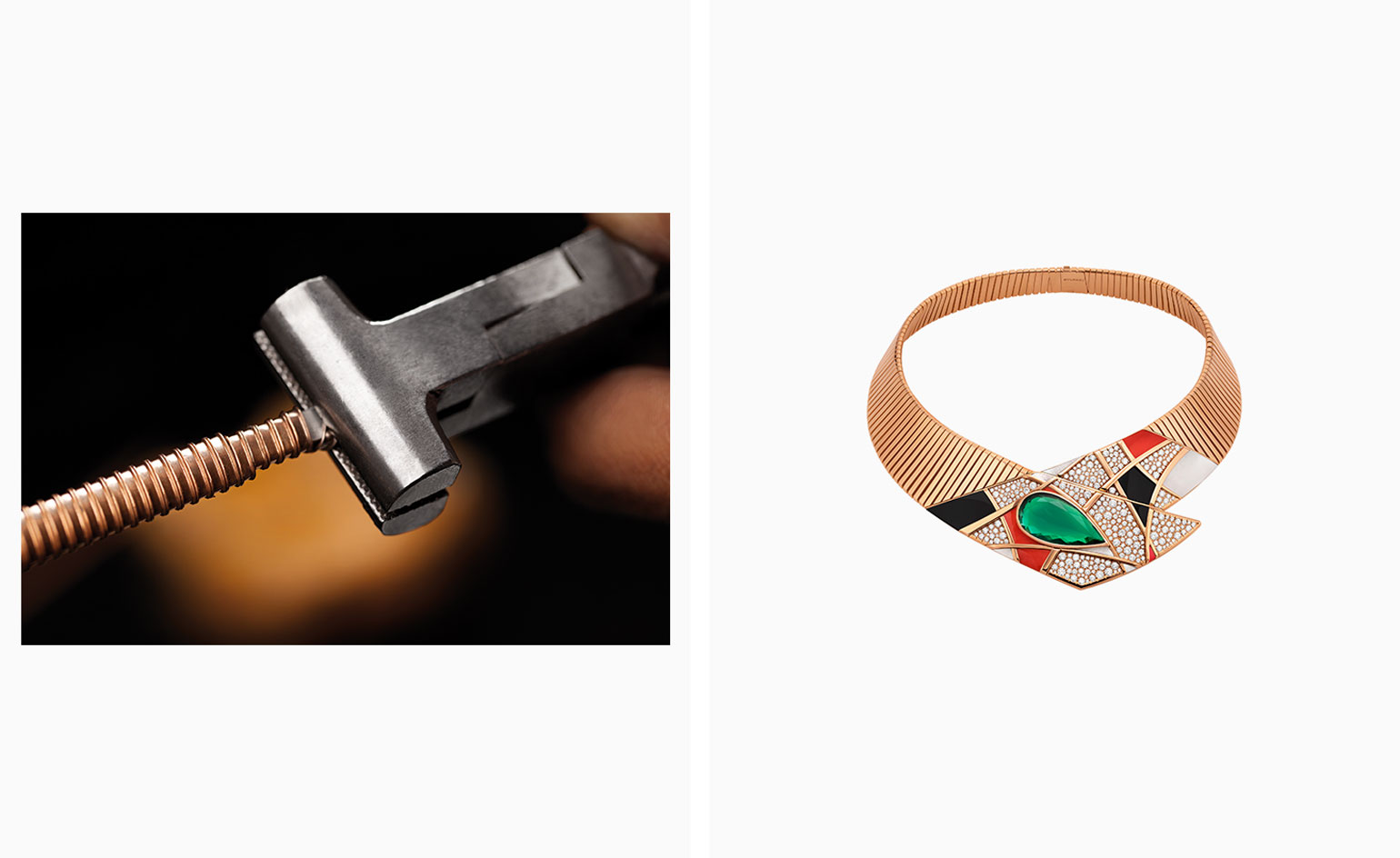
Left, Twisting gold to create the Tubogas ‘spring’ system and, right, 2019 Tubogas-design necklace from Bulgari’s current ‘Cinemagia’ high jewellery collection
INFORMATION
Receive our daily digest of inspiration, escapism and design stories from around the world direct to your inbox.
James Gurney has written on watches for over 25 years, founding QP Magazine in 2003, the UK’s first home-grown watch title. In 2009, he initiated SalonQP, one of the first watch fairs to focus on the end-consumer, and is regarded as a leading horological voice contributing to news and magazine titles across the globe.
-
 Dutch Design Awards 2025 honour a new generation of creatives
Dutch Design Awards 2025 honour a new generation of creativesRecognising the use of AI as a design tool, social commentary, and new materials, this year’s Dutch Design Awards go to Vera van der Burg; Willem de Haan; and Marten van Middelkoop and Joost Dingemans of Plasticiet
-
 The return of Genghis Cohen: LA’s cult Chinese diner lives on
The return of Genghis Cohen: LA’s cult Chinese diner lives onThe 1980s Chinese-American landmark returns with red booths, neon nostalgia, and a fresh dose of Hollywood eccentricity
-
 A monumental exhibition of French design revives the spirit of art deco for contemporary times
A monumental exhibition of French design revives the spirit of art deco for contemporary timesThe Galerie des Gobelins hosts the inaugural Salon des Nouveaux Ensembliers, a contemporary movement inspired by art deco’s grand traditions
-
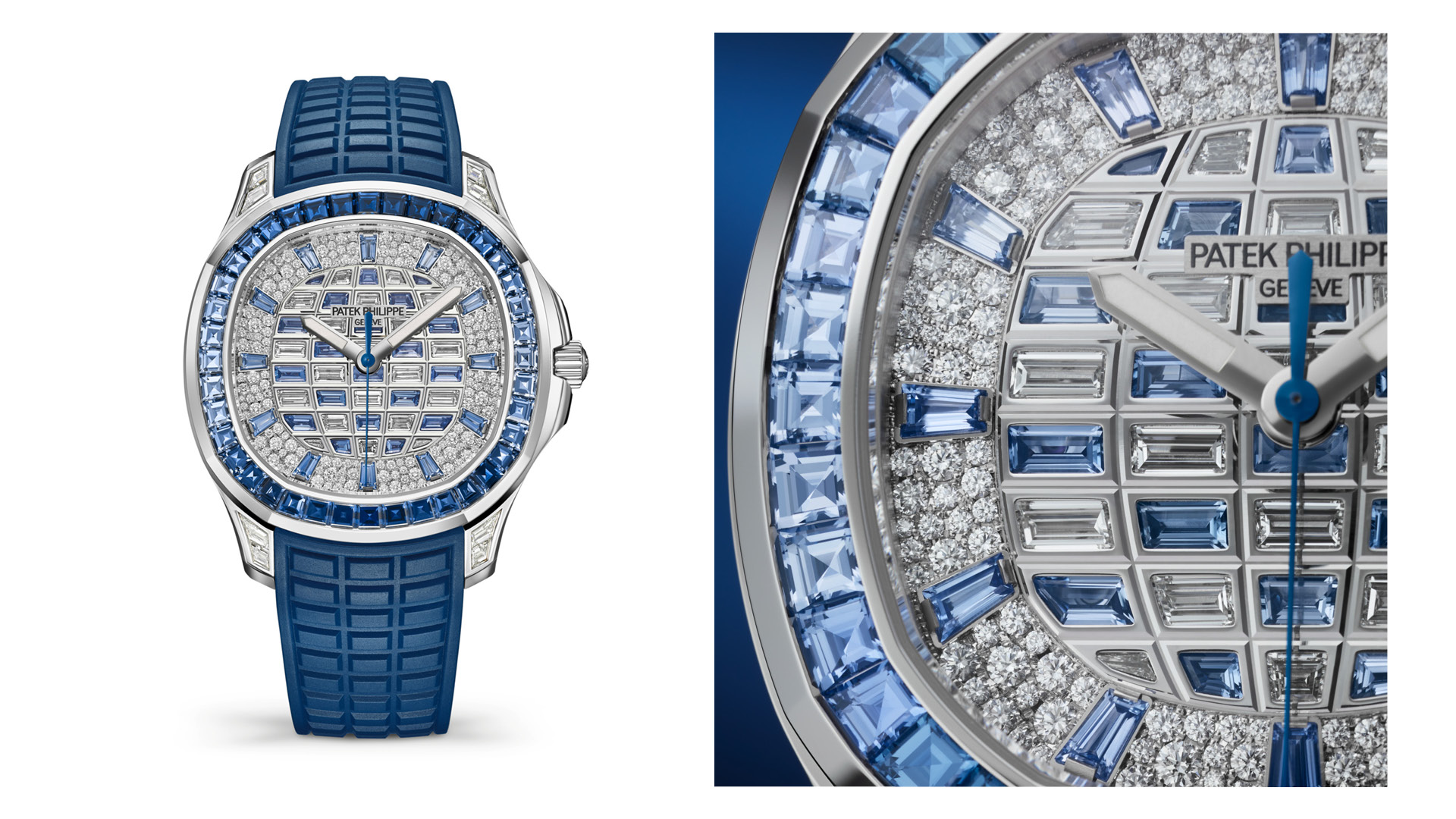 Jewelled watches: five iconic designs get a glittering makeover
Jewelled watches: five iconic designs get a glittering makeoverFrom the Rolex Daytona to the Patek Philippe Aquanaut, 2024 is a dazzling year for jewelled verions of watch design classics
-
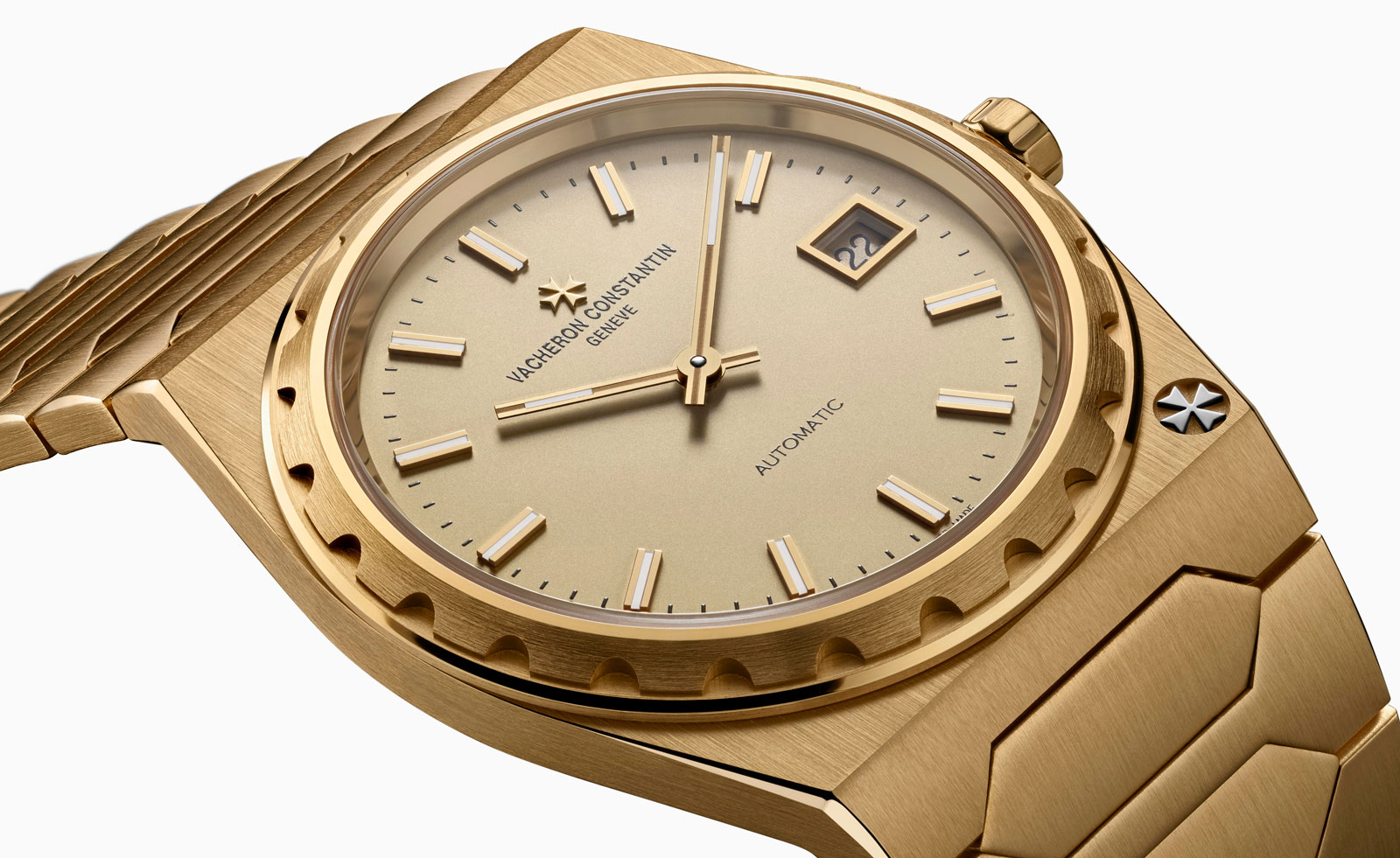 Vacheron Constantin unveils the Historiques 222 to mark 45 years since the model’s launch
Vacheron Constantin unveils the Historiques 222 to mark 45 years since the model’s launchVacheron Constantin restates its place in the pantheon of ‘sports chic’ watches
-
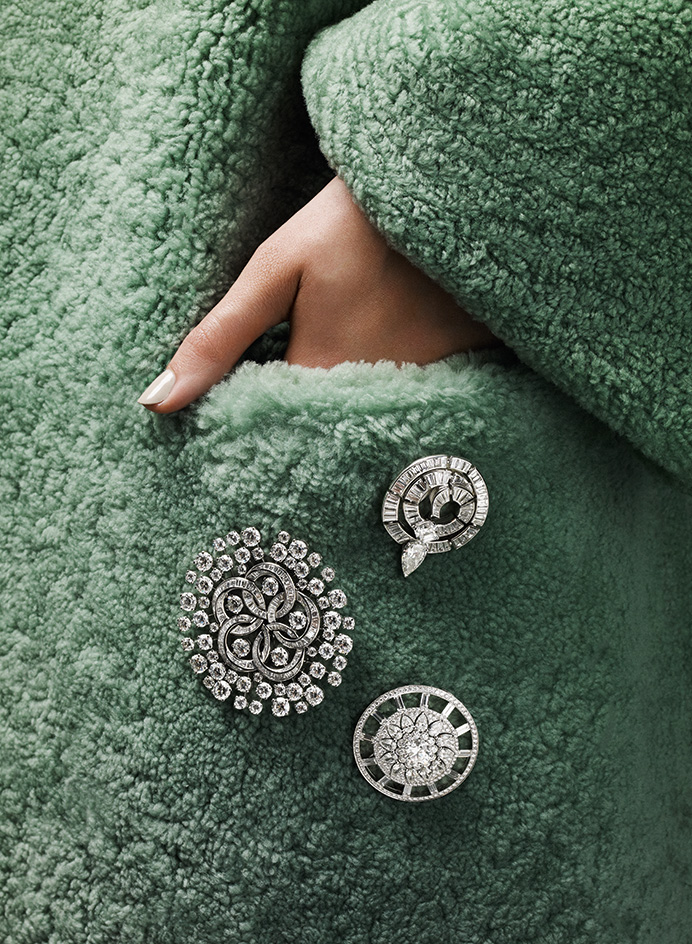 Make a statement with these high jewellery brooches
Make a statement with these high jewellery broochesIn honour of Madeleine Albright (1937 – 2022), who as US secretary of state frequently communicated her diplomatic intentions through a vast collection of brooches, we revisit an exquisite array of high jewellery pieces, first featured in Wallpaper’s October 2016 issue
-
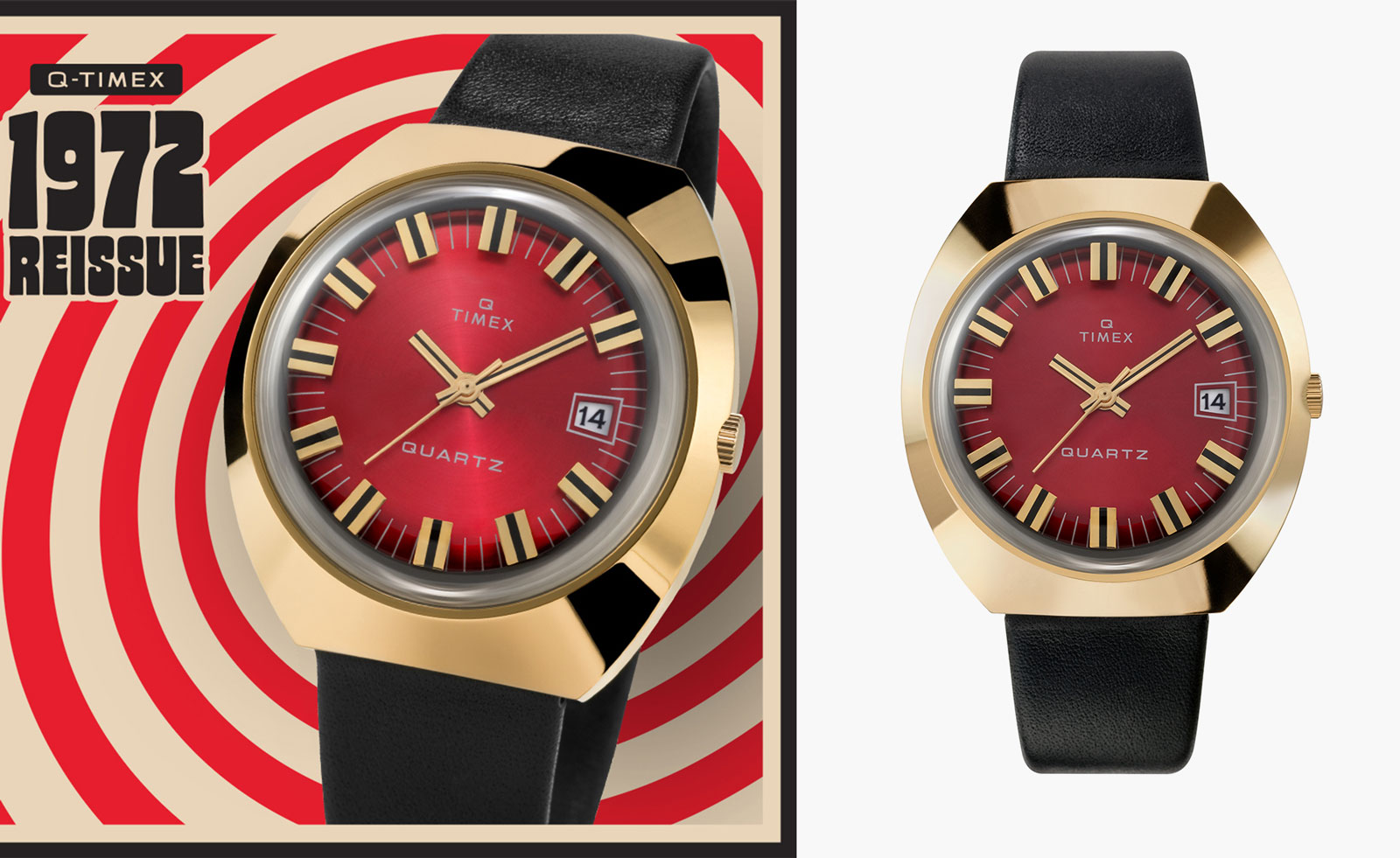 This Timex retro quartz watch is straight from the 1970s
This Timex retro quartz watch is straight from the 1970sThe Q Timex 1972 Reissue watch stays faithful to the design codes of the original
-
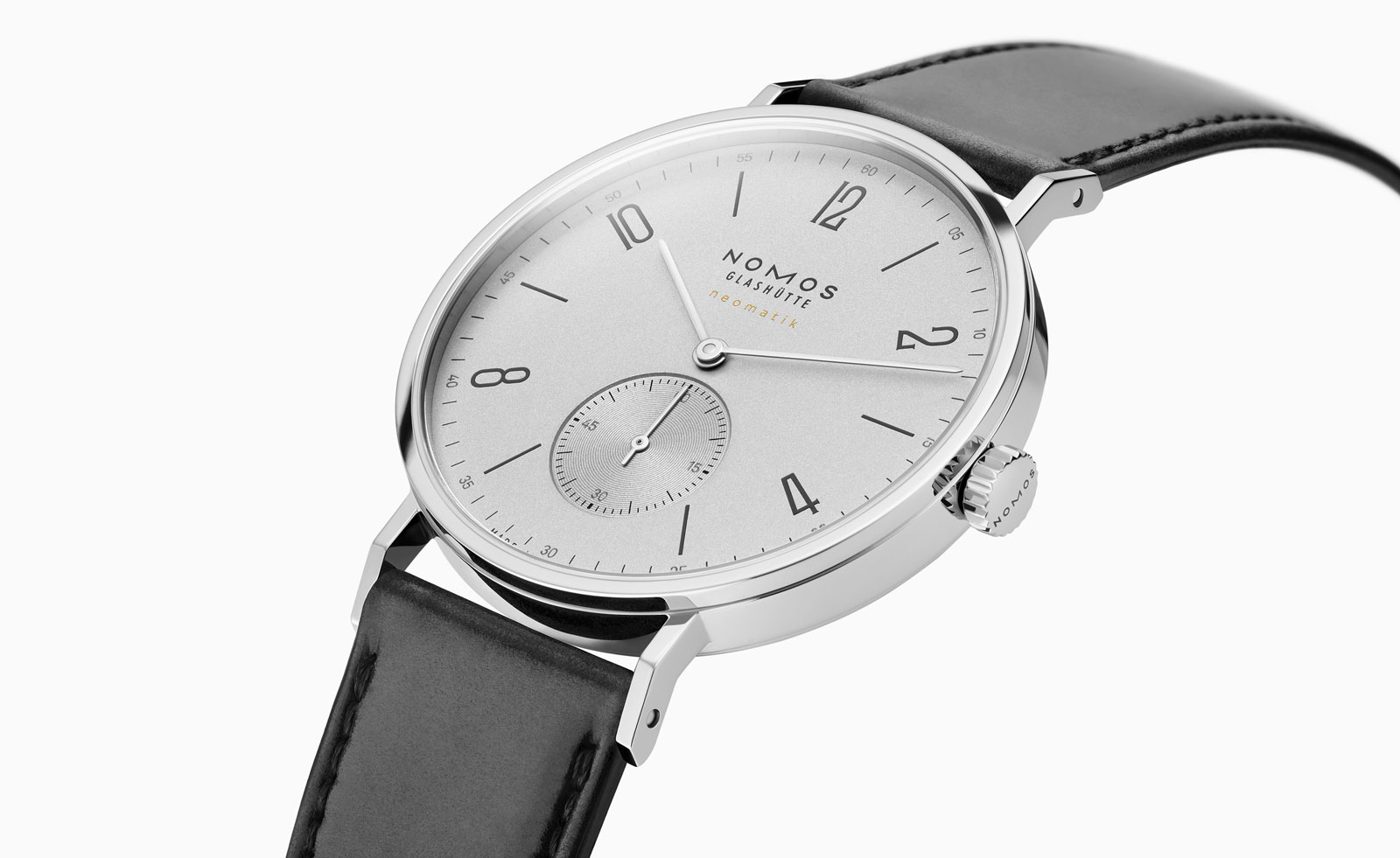 Classic meets cool in Nomos Glashütte’s platinum grey watch design
Classic meets cool in Nomos Glashütte’s platinum grey watch designTwo new Tangente Neomatik watches draw on Nomos Glashütte’s clean German design codes
-
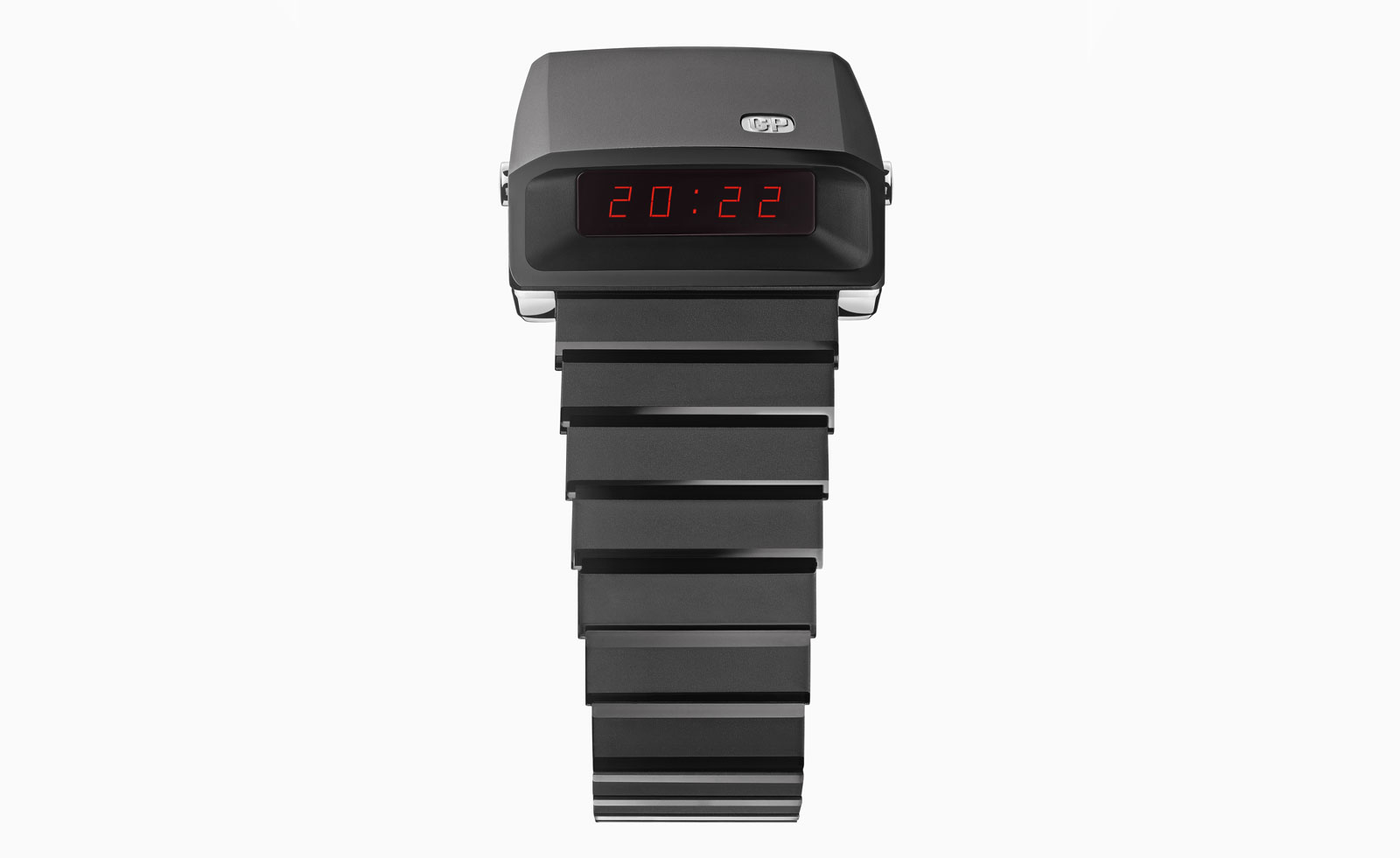 Girard-Perregaux goes back to the future with rethought Casquette watch
Girard-Perregaux goes back to the future with rethought Casquette watchGirard-Perregaux pays tribute to its original 1970s watch with the new and updated Casquette 2.0
-
 G-Shock marks 40 years of youth culture with limited-edition watch
G-Shock marks 40 years of youth culture with limited-edition watchG-Shock and the Museum of Youth Culture look to the archives for the new GW-M5610MOYC-1ER watch
-
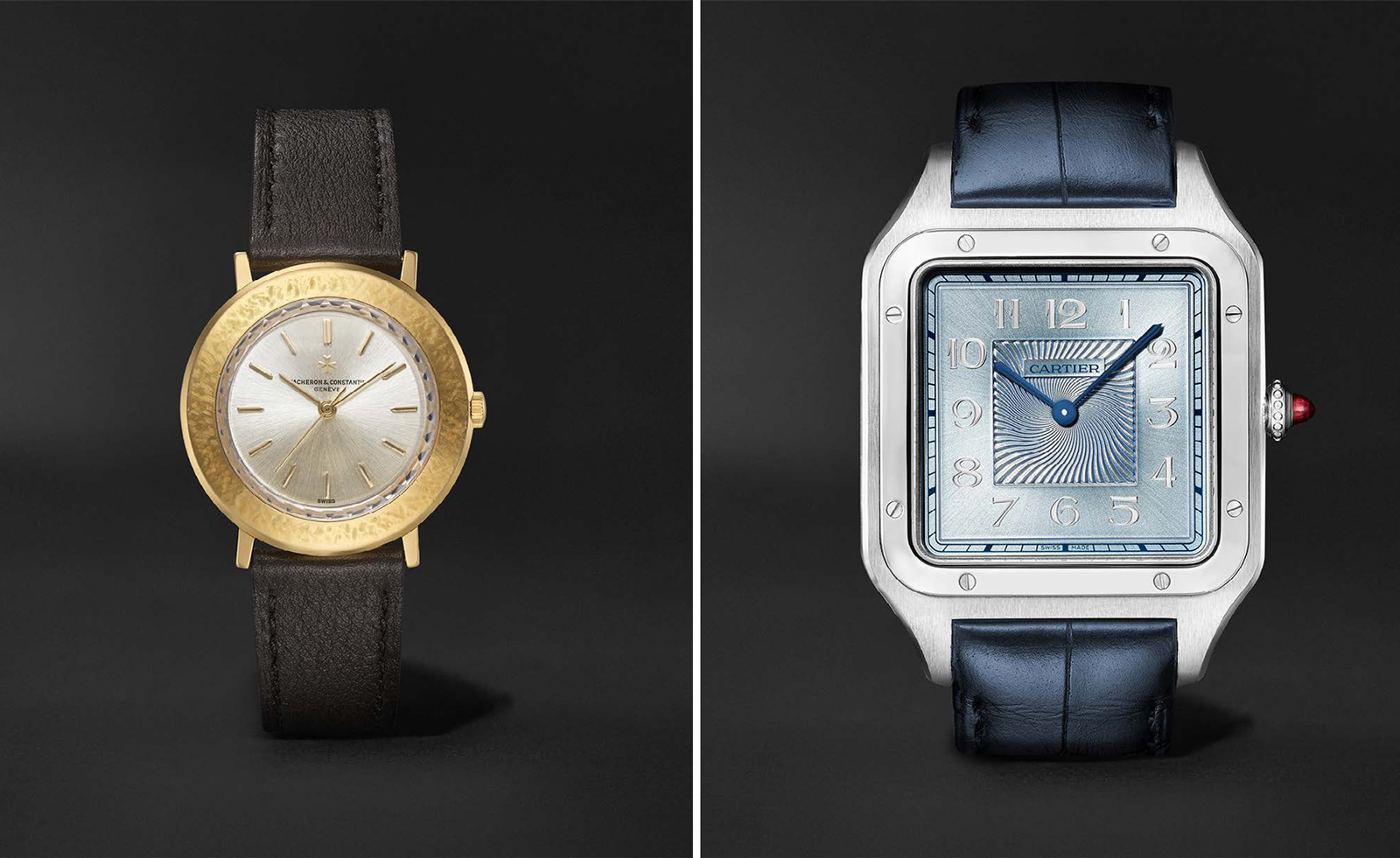 Ten watch brands mark Mr Porter’s anniversary with special editions
Ten watch brands mark Mr Porter’s anniversary with special editionsTen watch brands, including Cartier, Jaeger-LeCoultre, Vacheron Constantin and Bell & Ross, are celebrating Mr Porter’s tenth anniversary in style